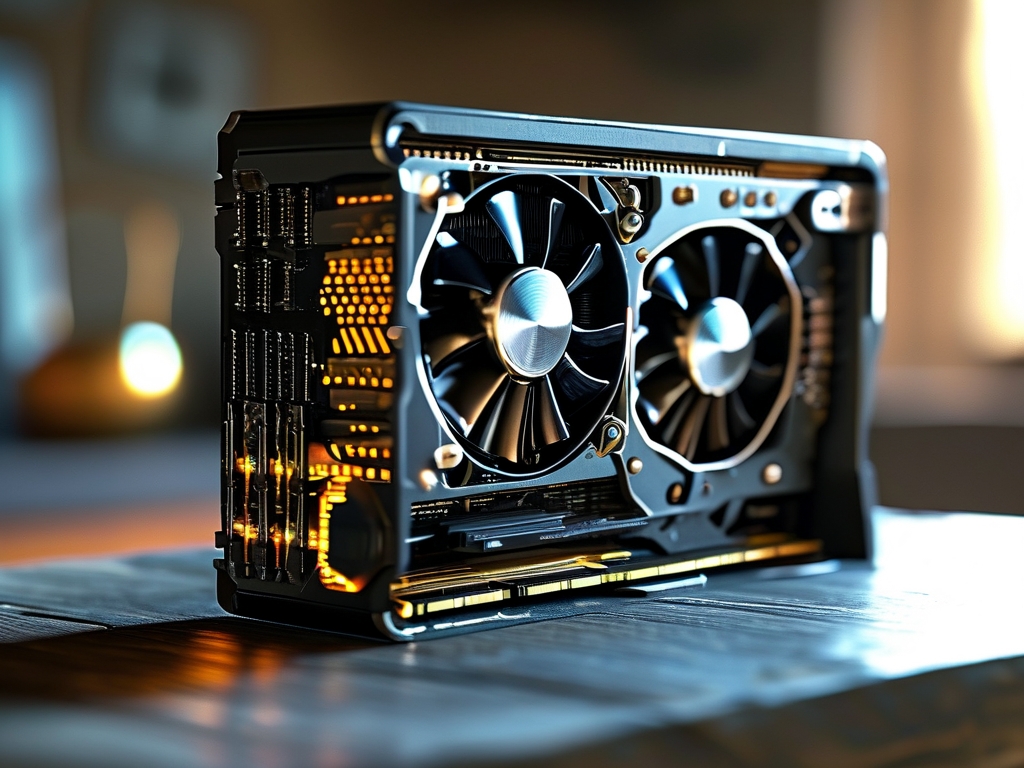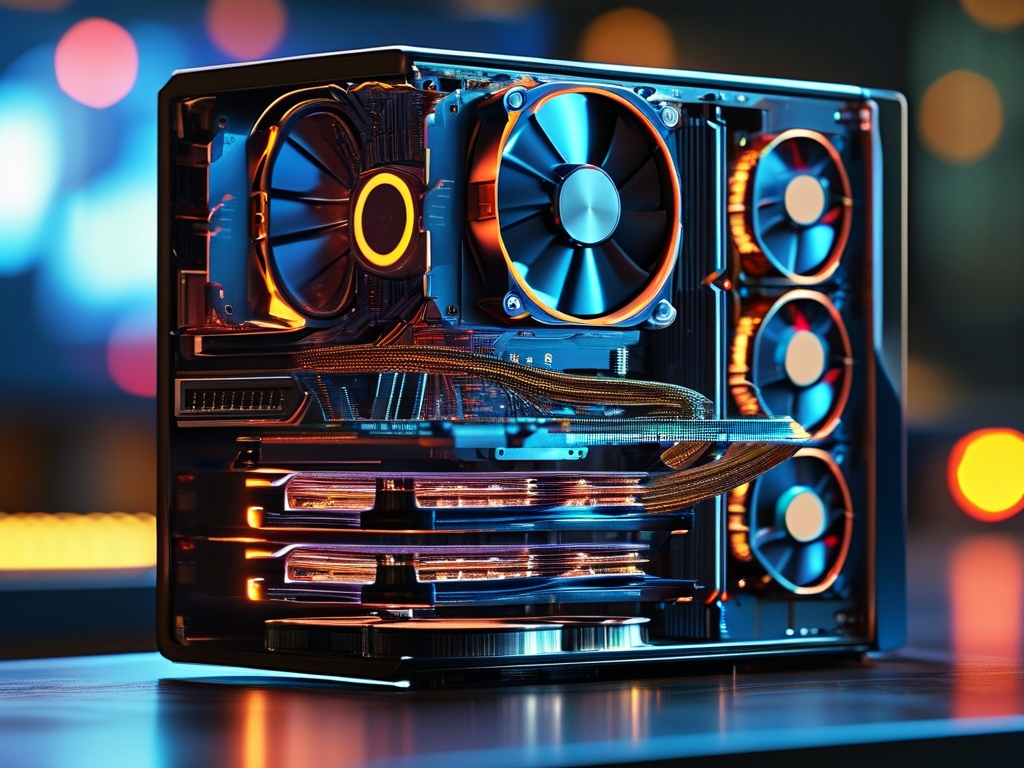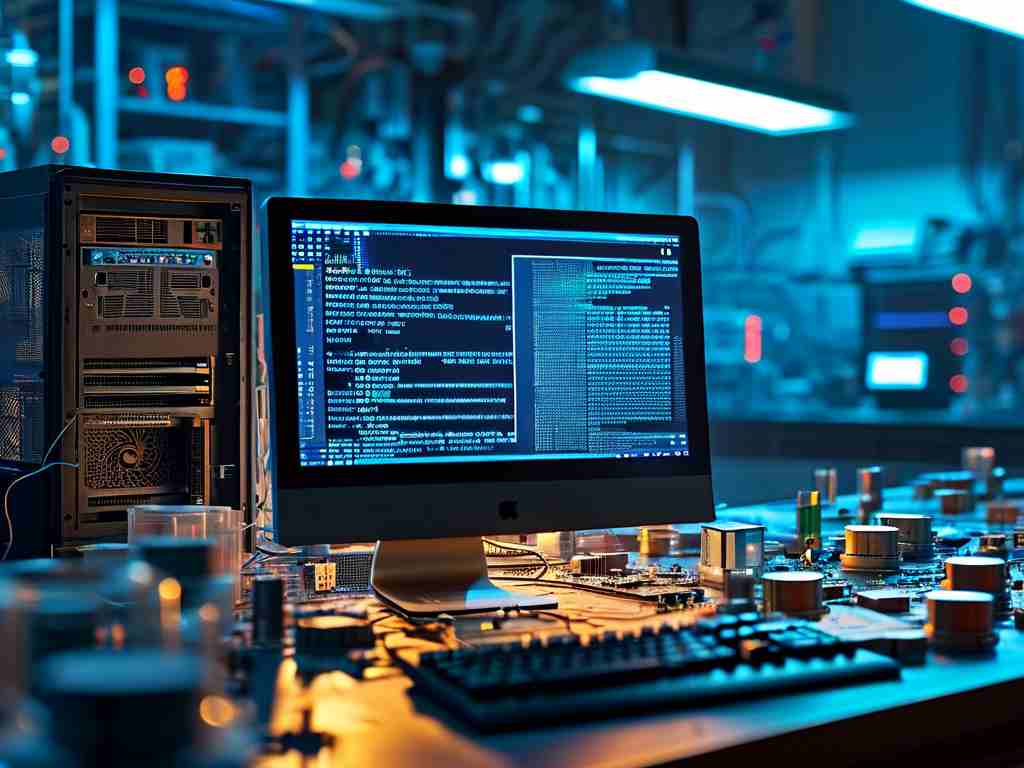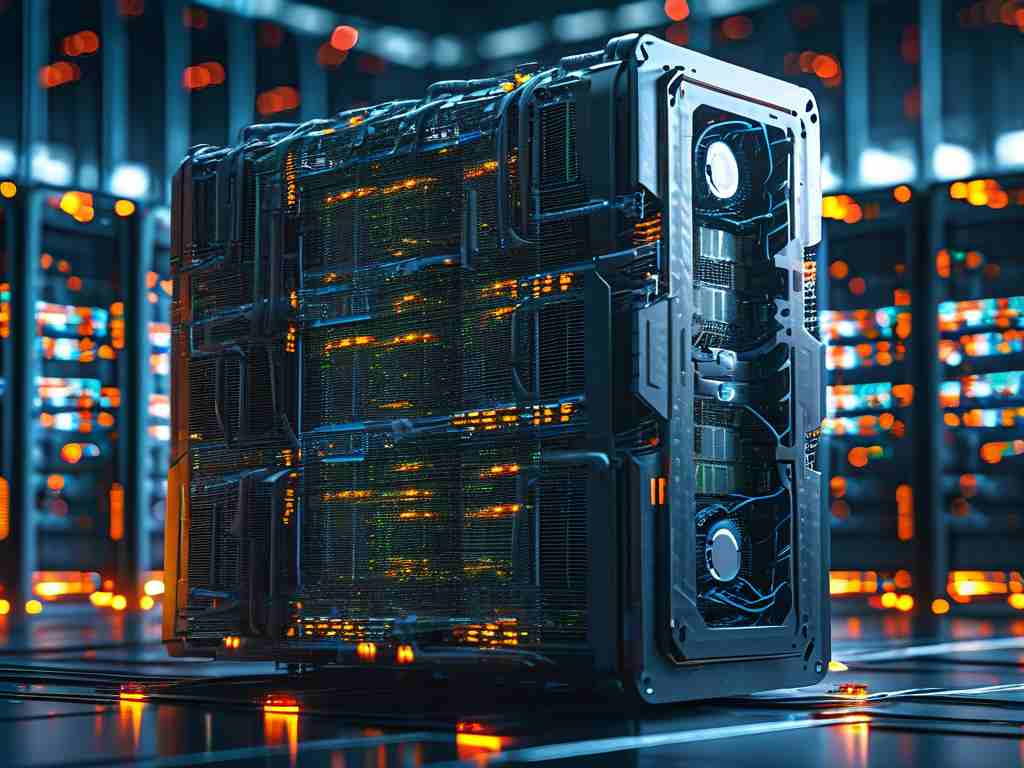In the era of data-driven technologies, the demand for high-performance computing has skyrocketed. While central processing units (CPUs) have long been the backbone of computational tasks, modern challenges like artificial intelligence training, 3D rendering, and scientific simulations require a different approach. This is where graphics processing units (GPUs) emerge as indispensable tools for memory-intensive operations, fundamentally reshaping computational efficiency.

Architectural Superiority
The core distinction between CPUs and GPUs lies in their design philosophy. A typical CPU features 4 to 64 complex cores optimized for sequential serial processing, whereas a GPU contains thousands of streamlined cores designed for parallel operations. This architectural difference becomes critical when handling memory-bound tasks. For instance, training a neural network with millions of parameters requires simultaneous access to vast memory blocks – a scenario where GPU parallelism outperforms CPU linear processing by orders of magnitude.
Memory Bandwidth Breakthrough
Modern GPUs like NVIDIA’s RTX 4090 achieve memory bandwidths exceeding 1 TB/s through GDDR6X technology, compared to DDR5 RAM in CPUs maxing out at 100 GB/s. This 10x advantage enables real-time processing of 8K video frames or instant manipulation of billion-row datasets. During protein folding simulations, researchers observed GPU-accelerated systems completing calculations 47% faster than CPU clusters while consuming 31% less power, demonstrating both speed and energy efficiency benefits.
Latency vs Throughput Paradigm
CPUs prioritize low-latency access to small memory chunks – ideal for everyday computing. GPUs adopt a high-throughput approach, optimized for bulk memory operations. This distinction manifests clearly in machine learning workflows: when processing a 4K image through convolutional layers, a GPU can simultaneously handle 256 texture units and 128 tensor cores, while a CPU struggles with thread management overhead.
Software Ecosystem Synergy
The CUDA and ROCm platforms have transformed GPUs into programmable compute engines. Developers now implement custom memory management strategies like shared memory tiles in CUDA kernels. A practical example shows matrix multiplication achieving 320 TFLOPS on GPUs versus 2.1 TFLOPS on high-end CPUs by leveraging on-chip memory hierarchies and warp-level scheduling.
Economic and Practical Considerations
While some argue for distributed CPU clusters, the physical space and cooling requirements make GPU solutions more viable. A single server with 8 GPUs can replace 100 CPU nodes for specific workloads, reducing infrastructure costs by 60-75%. Cloud providers now offer GPU memory-optimized instances like AWS P4d with 320 GB GPU memory, enabling tasks previously requiring supercomputer access.

Future-Proofing Compute Infrastructure
Emerging technologies like in-memory computing and photonic interconnects further amplify GPU advantages. Experimental systems combining HBM3 memory with optical interfaces demonstrate 8μs latency for terabyte-scale datasets – impossible with traditional CPU architectures. As quantum computing interfaces mature, GPUs are positioned to handle the classical computing layers in hybrid systems.
While CPUs maintain their role in general-purpose computing, the exponential growth of memory-intensive applications solidifies GPUs as the cornerstone of modern computational infrastructure. From real-time weather prediction to genomic sequencing, the marriage of GPU architecture with advanced memory systems continues to push the boundaries of what’s computationally achievable.









